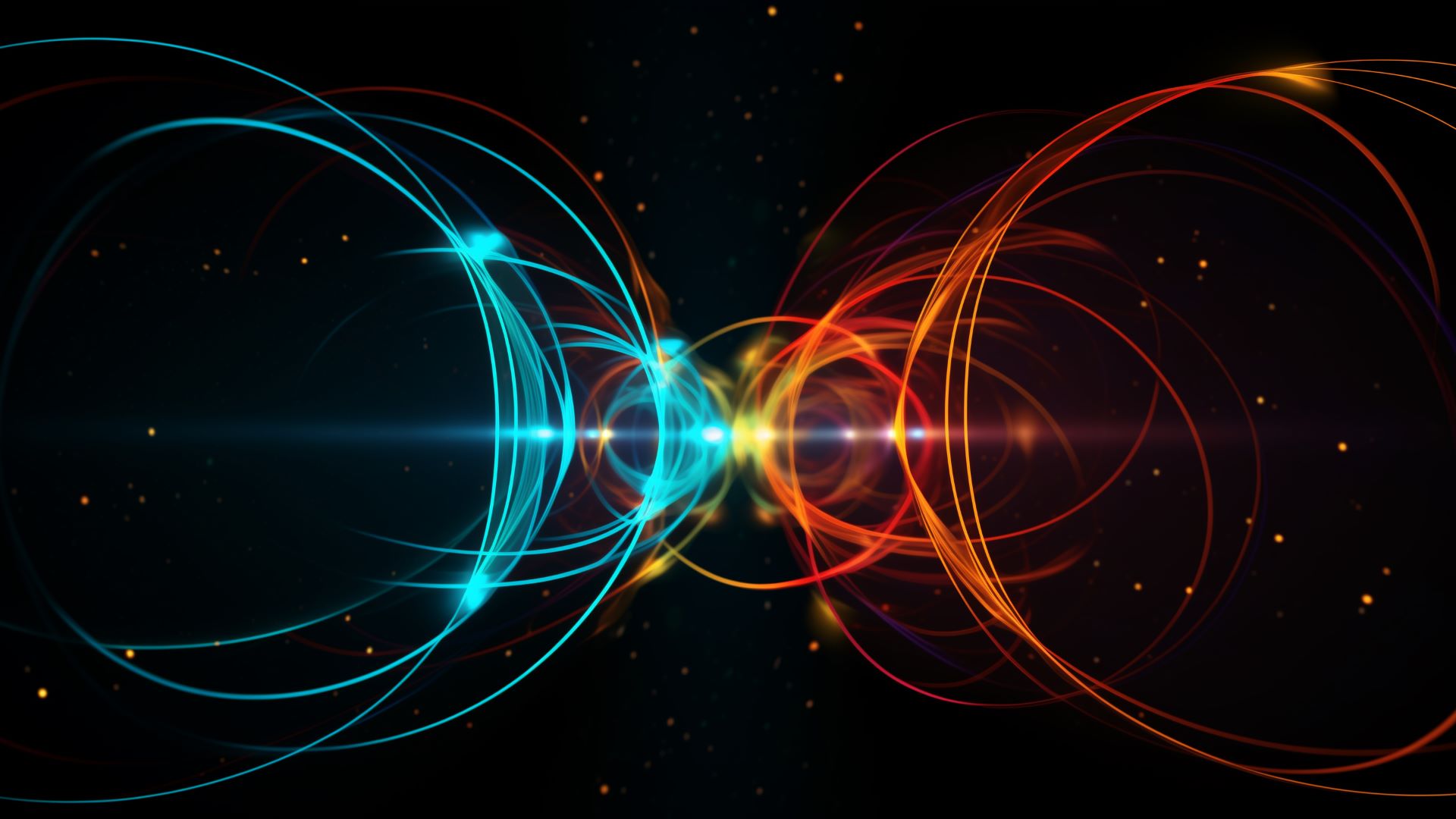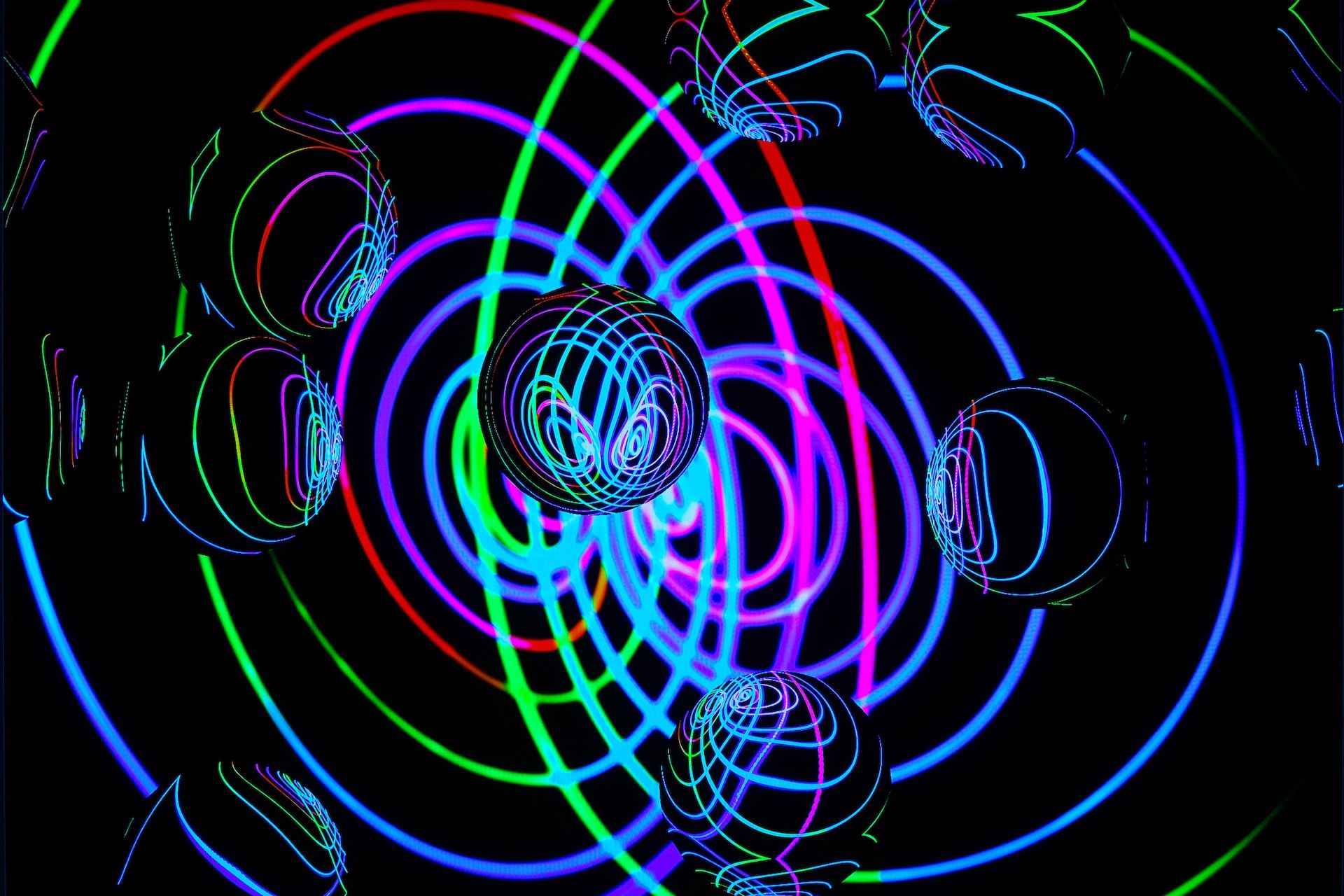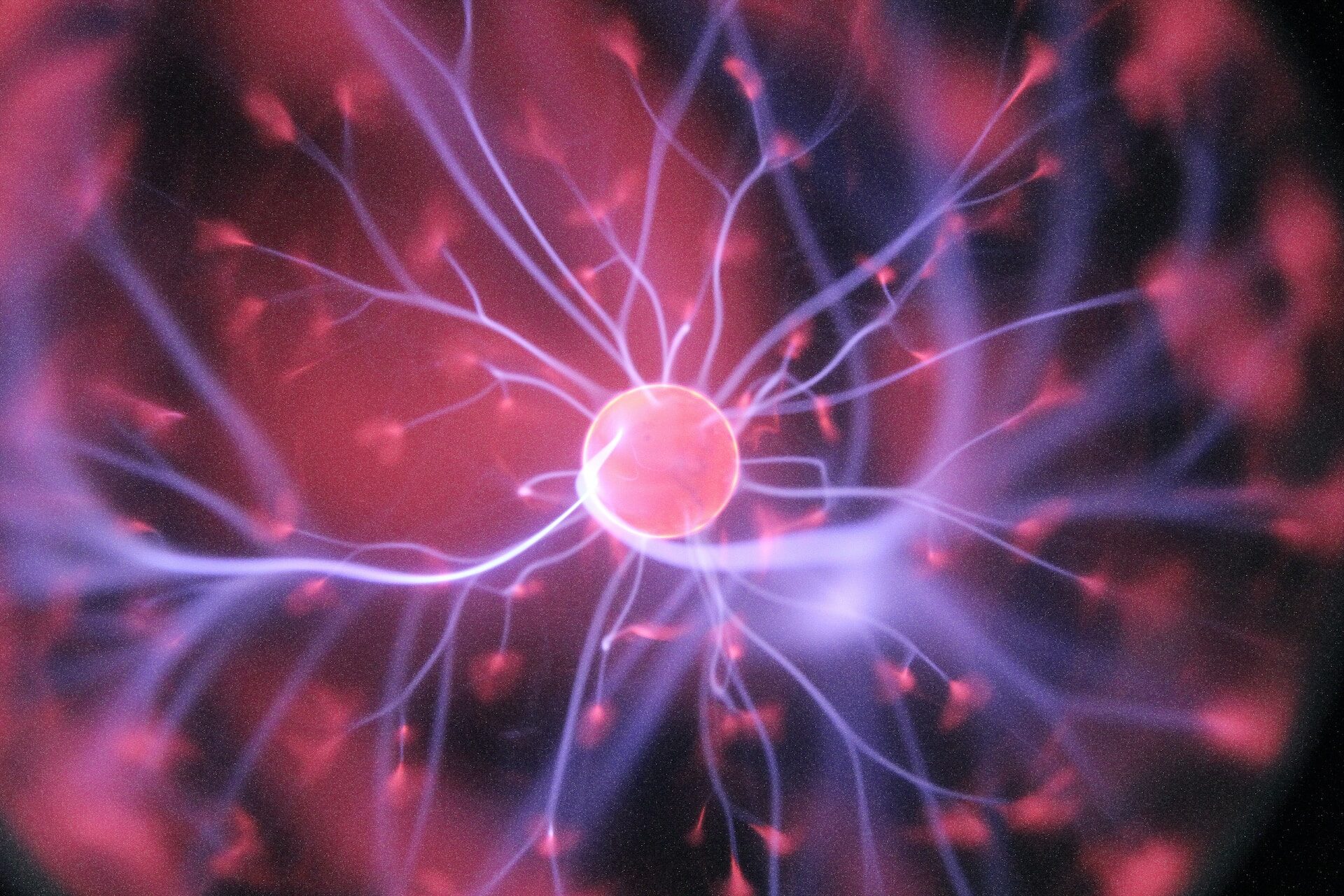
Go Small: Exploring the Physics of Resonance
March 17, 2022 - Ellie Gabel
Revolutionized is reader-supported. When you buy through links on our site, we may earn an affiliate commision. Learn more here.
The term resonance has a lot of meanings and just as many connotations. The dictionary defines resonance as “the quality in a sound of being deep, full and reverberating.” A physics textbook might define resonance as “the reinforcement or prolongation of a sound by reflection from a surface or by the synchronous vibration of a neighboring object.” You might hear it used when an opera singer hits the right pitch and shatters a glass with their voice. Someone might say that they resonate with a person or a show when they enjoy it immediately.
In addition to audio, the concept of resonance can help physicists understand how the universe works. It can even help them spot subatomic particles that might otherwise be invisible. Let’s look at the physics of resonance. How can it get us closer to understanding the universe that we call home?
Taking Them For a Spin
Most people think of subatomic particles as stationary. The truth is the exact opposite. These tiny particles that make up everything in the universe are constantly in motion. Elementary particles spin, generating a form of angular momentum that causes them to move. Spin is just one of the two recognized types of angular momentum that we’ve identified in quantum mechanics. Orbital angular momentum is the other, but spin has no classical counterpart. Orbital angular momentum is the counterpart of classical angular momentum.
If you’re able to spot a subatomic particle, it won’t necessarily be spinning like a top. If they are microscopic tops, we haven’t spotted them yet. They can change direction, but you will never be able to make a subatomic particle spin faster or slower. In quantum physics, particles with half-integer spins are called fermions, and those with integer spins are bosons. This sort of half or full-dipole spin is what physicists can measure as resonance.
A Conversation Between Electrons
There are three basic atomic building blocks that most people are familiar with — neutrons, protons and electrons. Neutrons and protons make up the nucleus of an atom, while electrons orbit that nucleus. These atoms can also develop an electrical charge by gaining or losing electrons, a process known as ionization. A collaboration between European XFEL and the Center for Free Electron Laser Science discovered that there are instances where these electrons can hang in the space between shells when they’re moving from one atom to another.
This hang time doesn’t last long — less than a femtosecond. That brief pause is enough to generate a measurable resonance between the electron shells. In essence, the electrons are talking to one another. This sort of subatomic conversation is distinctive enough that physicists can observe it on a spectrograph. It also became a tool for measuring giant dipole resonance, which they’ve observed in noble gasses like xenon. This giant dipole resonance also appears in rare earth metals, covering a much broader energy spectrum. In theory, these larger resonance spikes would be easier to observe. There were no tools available to deeply investigate this unique sort of subatomic spin until this collaboration.
This research also discovered that giant dipole resonances might be composed of two or more resonance waves. This discovery proves that there is still much to be discovered about subatomic particles and the resonance they create
Like a Subatomic Wine Glass
Resonance is most often mentioned when we talk about talented singers shattering glasses with one perfect note. If a singer can manipulate their voice to match the precise frequency of the wine glass, they can cause it to shatter. It is important to note that to trigger that devastating act, the glass must have microscopic defects or shatter becomes unlikely.
Everything in the universe has a resonant frequency. In theory, if you can discover a material’s resonant frequency and generate a frequency to match, you could use it to destroy that object, at least under perfect conditions. In most cases, those conditions aren’t going to exist outside of a lab, so you don’t have to worry about playing the wrong tune and popping your car tires or shattering the windows of your house.
Subatomic particles might be a bit smaller than your average wine glass, but the resonance that they create is very similar. These energy waves move through a system that wants to vibrate in response. Anything that can vibrate will, and each of those peaks indicates a resonating particle.
Going Nuclear With Magnetic Resonance
It isn’t easy to understand the physics of resonance without briefly exploring nuclear magnetic resonance (NMR). Physicists define nuclear magnetic resonance as “the absorption of electromagnetic radiation by a nucleus having a magnetic moment when in an external magnetic field, used mainly as an analytical technique and in diagnostic body imaging.
Our applications of the physic of resonance expand beyond subatomic particles. If you’ve ever had an MRI — which stands for magnetic resonance imaging — then you’ve already encountered some of the things that resonance is capable of. An MRI uses massive magnets to generate a magnetic field. The MRI’s powerful magnets through your body’s electromagnetic field out of balance. The protons in your cells strain against the magnetic field. When the technician turns the magnet off, the protons release energy as they realign. The MRI machine can then analyze this energy release and a number of other variables and use the data to generate an image.
MRIs are one of the best choices for monitoring brain health because they can differentiate between gray matter and other tissues — including malignant tissues such as tumors. We can even use it to monitor brain activity. An MRI can determine which parts of the brain are active at any given time. In 2016, researchers used an MRI to monitor brain activity in a violinist to see what parts of her brain activated while she imagined playing her violin. By manipulating the magnetic resonance of the protons in a patient’s brain or body, medical professionals can better understand how the body works without the need for invasive exploratory surgery.
NMR has found applications in chemistry, medicine, and various forms of spectroscopy. There are also a growing number of uses for this technology in the creation of magnetometers and quantum computers.
Quantum Computing
Researchers have been exploring the idea of using nuclear magnetic resonance as a medium for quantum computing since the late 1990s. The technology didn’t exist at the time to enable researchers to take full advantage of these theories.
A study published by the Chinese Physical Society in 2018 found that combining liquid and solid NMR systems enabled them to create and control a quantum computer system. This quantum computer worked with 12-qubits by using the spin states of each molecule as a qubit. For comparison, Google’s Sycamore quantum computer system operated with 53 qubits in 2019, failing when researchers tried to add a 54th to the network.
Quantum computing by itself already has enormous potential. The test that Sycamore ran took the quantum computer 200 seconds to complete — less than three minutes. Researchers gave a simpler version of the problem to Summit, the Oak Ridge National Laboratory’s supercomputer. The team found that it would have taken the device 10,000 years to complete the task,
Discovering Something New
Resonating with something takes on a whole new meaning when you spend a little time thinking about the physics of resonance. Everything in the world — in the universe, even — resonates on a specific and unique frequency. Understanding how these frequencies work together may expand our understanding of the universe, from the biggest star to the smallest quark and everything in between.
Revolutionized is reader-supported. When you buy through links on our site, we may earn an affiliate commision. Learn more here.
Author
Ellie Gabel
Ellie Gabel is a science writer specializing in astronomy and environmental science and is the Associate Editor of Revolutionized. Ellie's love of science stems from reading Richard Dawkins books and her favorite science magazines as a child, where she fell in love with the experiments included in each edition.




